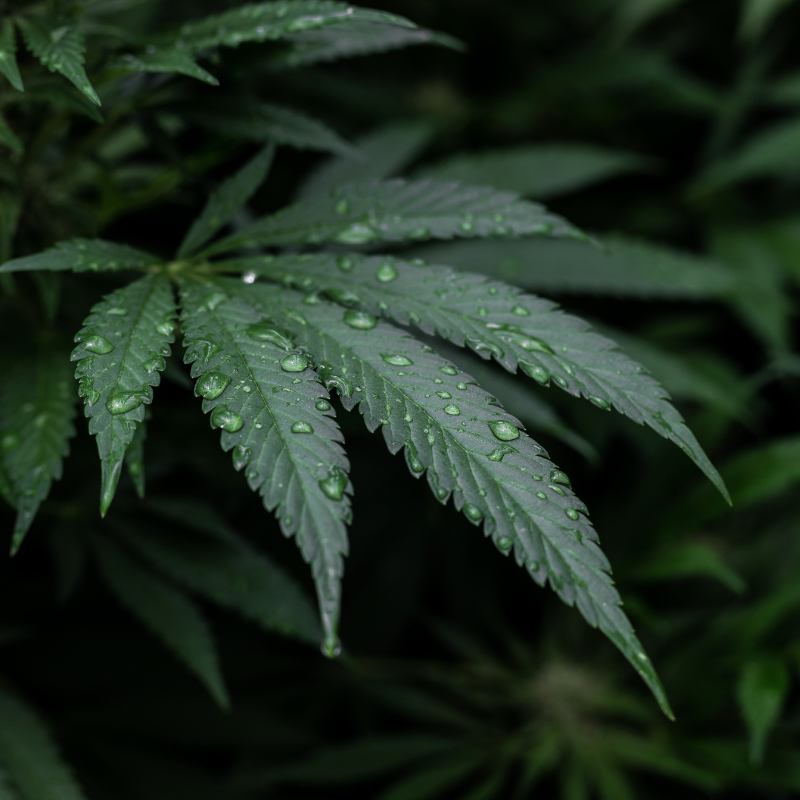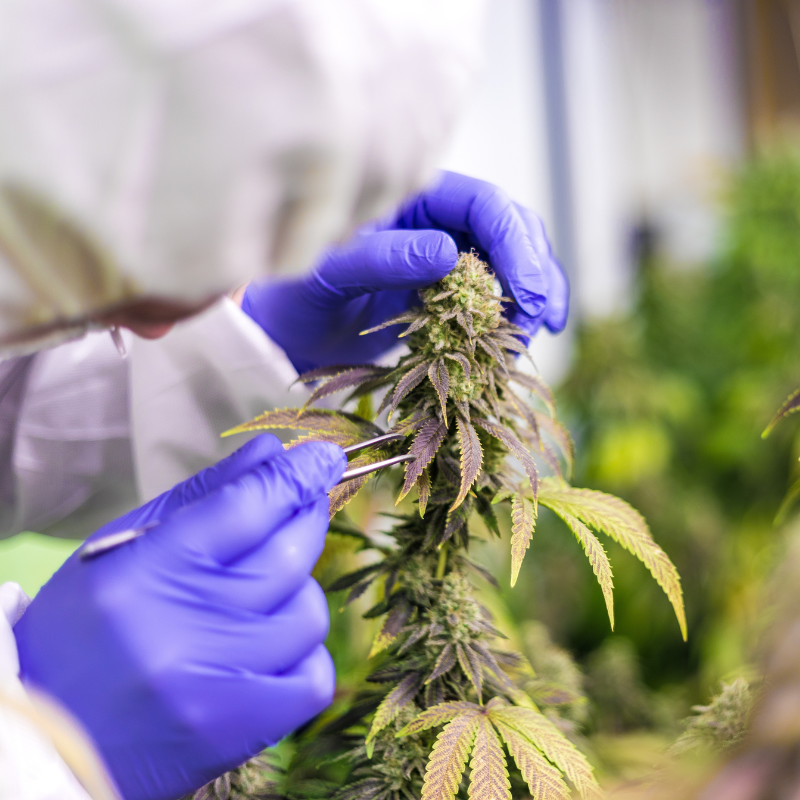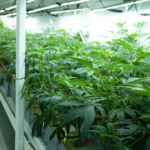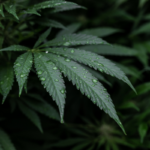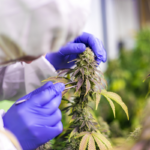Cannabis and Your Water: 5 Tips for your Reverse Osmosis System
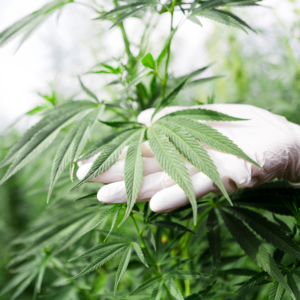
Maximizing your cannabis growth with a reverse osmosis system is an easy decision. However, it is important to make sure your system and the water you use are well-maintained to yield the best cannabis results. Here are five tips to take into account when using your reverse osmosis system to grow cannabis.
Create a Nutrient Mix That Maximizes Your Cannabis Growth
Whether you are using a soil-based or hydroponic growing method, the nutrients you feed your plants are very important. Some of the microelements needed for healthy Cannabis plant growth include Copper, Zinc, Boron, Chlorine, and Iron. One of the most beneficial parts of having a reverse osmosis system is that you can create a balanced nutrient mix to use within your system, to travel to your plants through water. The macronutrients that are the base-level for promoting healthy growth in plants are Nitrogen, Phosphorus, and Potassium.
These nutrients can be found in both pre-mixed solutions or in powder form. Oftentimes the nutrient powders that you mix on your own can be bought in bulk at a lower cost. However, pre-mixed solutions allow growers to provide nutrients for their plants in an easy, less time-consuming manner. Adjusting nutrients during the different stages of your cannabis plant’s growth is essential in maintaining a strong, healthy plant through the maturing process.
Adjust Your Nutrient Levels as Your Cannabis Plant Matures
Adjusting the levels of the nutrients in your mixture throughout the growing process can be beneficial for not only your plant’s potency but its overall health. In your plants’ vegetative phase, the first stage of cannabis growth, often a 20-20-20 mixture is suggested. This means 20% Nitrogen, 20% Phosphorus, and 20% Potassium. The 40% left of the mixture consists of water and trace elements. These trace elements can consist of your micronutrients. During this phase of growth, it can be important to not over-fertilize your plants. Excess nutrients can lead to ‘nutrient burn’ that appears as browning on the tip of the plant’s leaves.
Once through the vegetative phase, your plants move into the flowering stage. Once flowering begins, your plants’ nutritional needs will slightly adjust and so should your nutrient mix. During this phase, cannabis plants require more Phosphorus for full, lush blooms. A recommended mix at this stage is 15-30-15. Just as nutrient burn is possible in the vegetative stage, it is also possible in the flowering phase. Continue to check for browning until your plants hit a late flowering stage. Around week 14 or so, leaves will start to turn yellow, this is normal and usually begins at the bottom of the plant first.
While there are many different suggestions for nutrient mixes and additional micronutrients and fertilizer products. Your own growhouse conditions can contribute to what nutrients your plants need to grow successfully. Additional research into your growing nutrients and acceptable EC (electrical conductivity) levels, pH levels, and water quality can prove beneficial for all growers.
Pay Attention to Your EC (Electrical Conductivity) Levels
Your nutrient mix measurements aren’t the only thing you should pay attention to when preparing mixes for your growing system. Doing an EC (electrical conductivity) reading for your solution can help decipher how strong your solution is. In addition, an EC reading can also tell you how mineral-rich the water you’re using is. EC readings can be gathered through an EC water meter. Generally speaking, the acceptable EC level for cannabis plants is between 0.5-0.8 until roughly 14 days after germinating. Just as your nutrient mix changes throughout the plant’s growth, the suggested EC level will also change. Toward the end of the growth period, your EC level will increase to 1.1. In the flowering phase, the suggested EC level will again increase to be around 1.2 and 1.5. In your cannabis plants’ final phases, the EC level will make its last increase to between 1.8-2.1.
Check Your pH Levels Daily
When it comes to your daily routine in checking your growhouse’s condition, monitoring your pH levels should be a daily occurrence. Cannabis plants are unique in that the window for their ability to consume nutrients lies within a small range of the pH scale. For hydroponic growers, the optimal pH levels differ when growing with soil. The suggested pH range for hydroponic growing systems is between 5.5 and 6.5. It is said that for commercial growers, that range narrows to 5.8 to 6. For soil-based growing, a pH in the 6.0 to 6.8 range on the scale is preferred. pH levels that move above the suggested range can lead to nutrient lockout, making your cannabis plants have difficulties efficiently taking in nutrients from its growing solution. An unstable pH level can also lead to nutrient burn.
Many of the pH problems that growers run into can come from the water source they are using. Checking the pH level of the water can solve a lot of problems before they happen. Many growers prefer to use rainwater in order to save money. Rainwater collected in storage tanks tends to have a pH of around 5.6 which is on the lower side of the pH range that is acceptable. With reverse osmosis water from Grow Flow, however, you can always be in control of exactly what your pH levels are. A pH level can be tested with the use of paper test strips, a liquid-based pH test kit, or a digital pH meter. After reading your pH levels, adjusting those levels can be as simple as adding pH solutions that can either move your pH level up or down.
Use Quality Water in Your Growing Operation
Using quality water and knowing what’s in your water can help prevent problems your plant might experience. Soft water is often considered the best water to use with your growing system. Examples of soft water include rainwater, distilled water, and purified water. Distilled water does not contain any minerals or other types of microorganisms, which makes it a great vehicle to help deliver nutrients that will be in your nutrient mix. Purified water, which can be achieved by using a reverse osmosis system from Grow Flow, allows clean, pure water without the use of salt to soften the water. The salt from a water softener system can cause sodium build-up on your plants. Using a reverse-osmosis system to create purified water can help eliminate some of the most commonly found impurities in tap water, including lead, fluoride, chlorine/chloramine, and sulfates which can all be damaging to your plants.
Interested in Growing with a Reverse Osmosis System?
Our experts at Grow Flow, can assist in upgrading the water quality in your already existing growing setup or helping you put together your first reverse osmosis water system. Interested in learning more about how you can get quality water installed in your growhouse? Contact us today!

